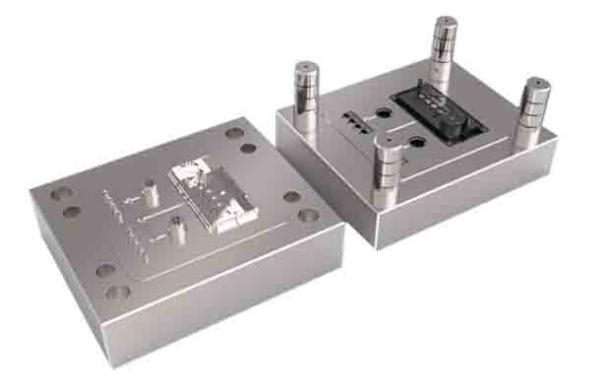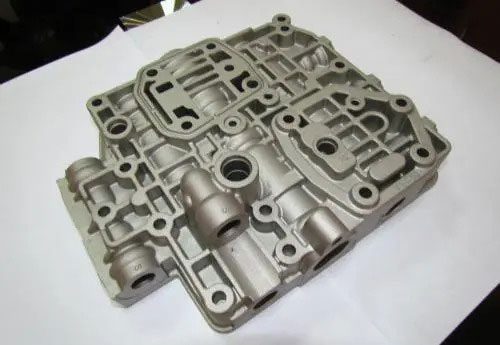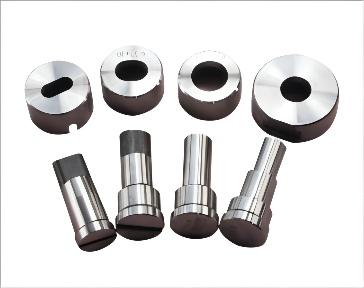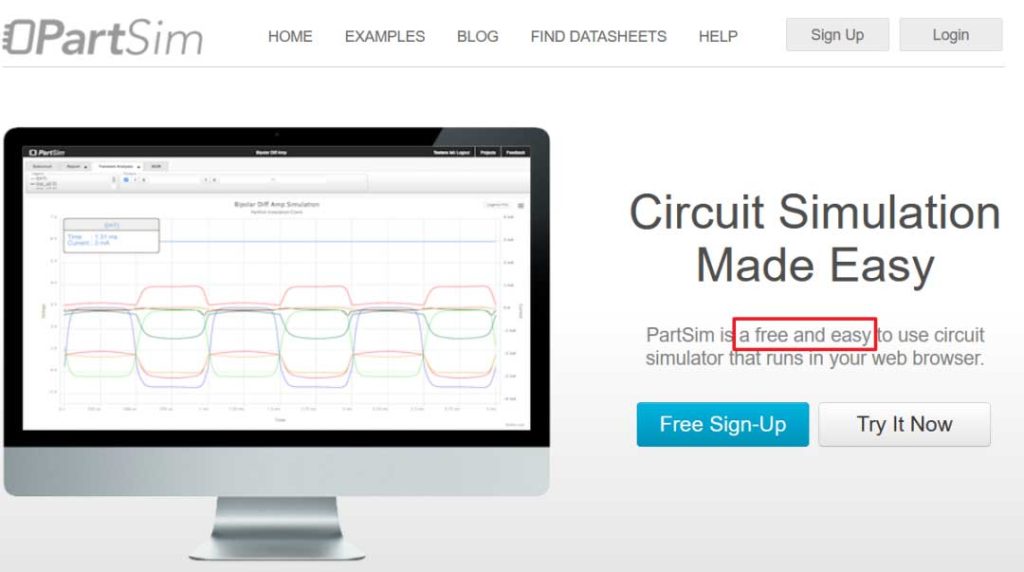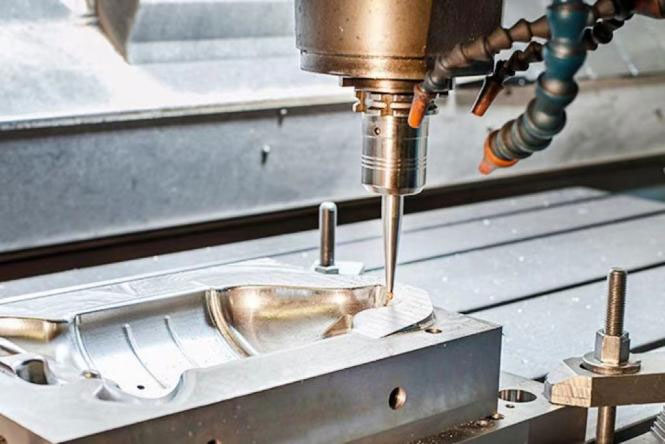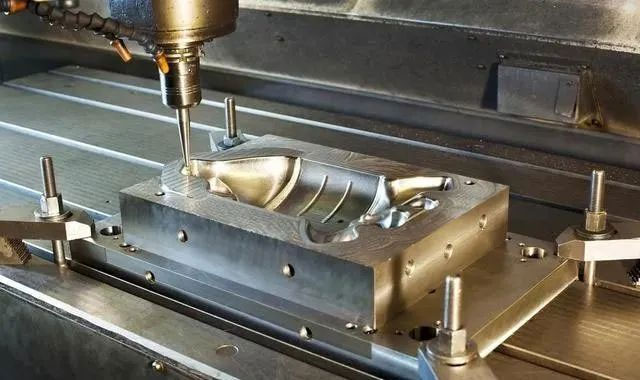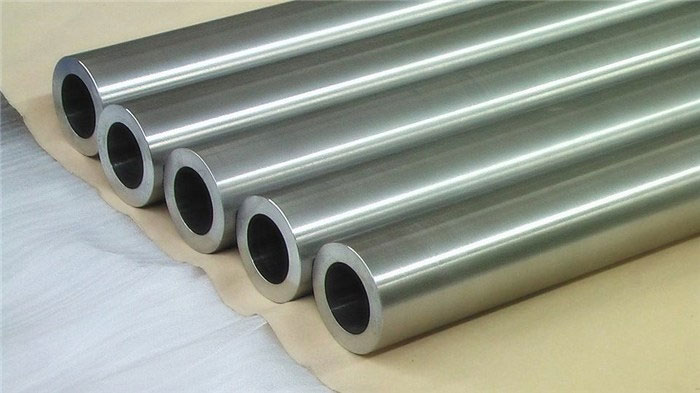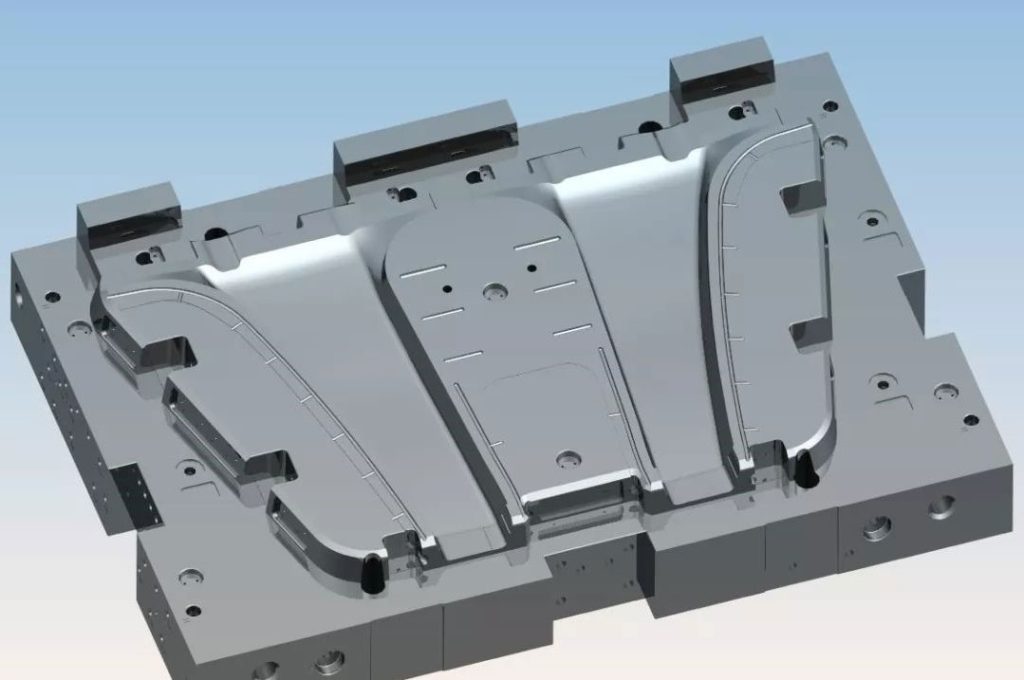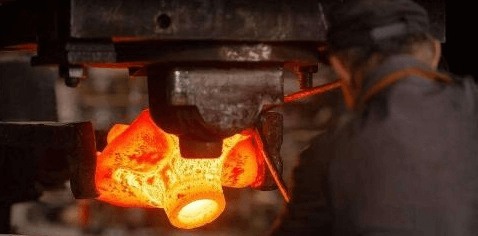The function of the plastic mold is twofold, giving the plasticized plastic the desired shape, quality, cooling and ejecting the plastic part. The mold determines the properties, shape, size and accuracy of the final plastic part. Therefore, the design of an advanced and reasonable injection mold structure is the key to obtain the quality requirements, the product quality is stable, and the best economic benefits are achieved. Here we talk about the function of plastic molds and the special properties of plastic product molding.
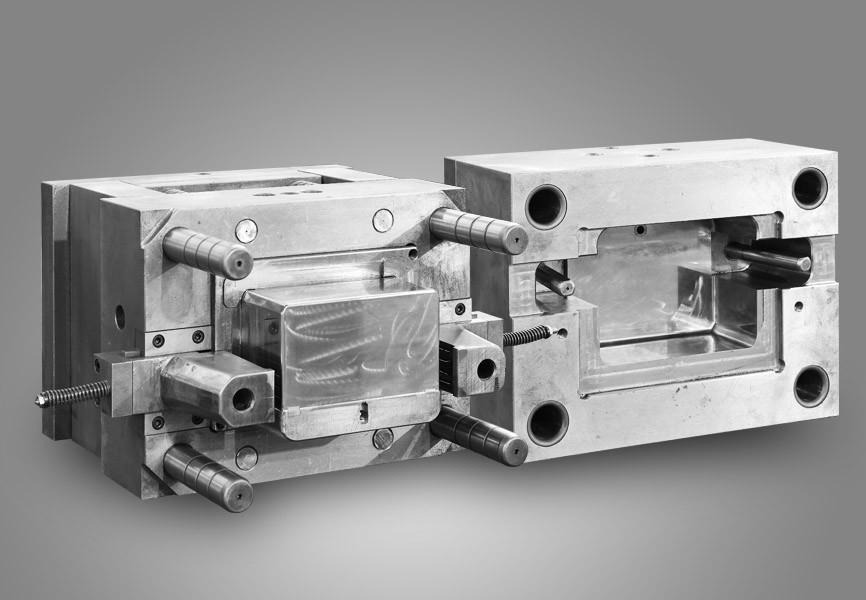
3 Principles to Design a Well-precision Plastic Mold
To do a good job in plastic mold design, we must grasp the following principles:
1. Reasonable selection of parting surface
For the product and gating system aggregate to be removed from the mold, the mold must be provided with a parting surface. The parting surface is an important factor in determining the structure of the mold. The setting of the parting surface determines the structure and manufacturing process of the mold, and affects the flow of the melt and the demoulding of the plastic parts. The general selection principle of the parting surface is to ensure the quality of the plastic parts, simplify the mold structure, and facilitate demolding. Consider the following factors when choosing:
- It shall not be located in a conspicuous position and affect the shape. Parting surfaces inevitably leave marks on plastic parts. It is best not to choose the smooth outer surface of the product.
- No sag shall be formed thereby. That is, the selection of the parting surface should be conducive to demoulding, and the side core pulling mechanism should be avoided as much as possible. For this purpose, the parting surface should be selected at the largest size of the plastic part. See Figure 1. Since there are low-sag sections at both ends of the hose joint, the “parting line for vertical parting” is used.
- It should be located in a position where processing is easy. As shown in Figure 2, the parting line of the toothbrush handle is located on the maximum width surface of the product, and the molded product can be easily demolded. Or the mold fitting line is consistent with its shape curve, and the processing is easy. The parting line shown in Fig. 3(a) is in a stage shape, which makes it difficult to make molds and process molded products. Fig. 3(b) uses straight lines or curved surfaces to make processing easier. Figure 4 is the parting line of the electric iron.
It can be seen from the above analysis that the design of the parting surface should be based on the use requirements of the plastic parts, the performance of the plastic parts, the technical parameters of the injection machine, and the mold processing.

2. Reasonable selection of parting surface
For the product and gating system aggregate to be removed from the mold, the mold must be provided with a parting surface. The parting surface is an important factor in determining the structure of the mold. The setting of the parting surface determines the structure and manufacturing process of the mold, and affects the flow of the melt and the demoulding of the plastic parts. The general selection principle of the parting surface is to ensure the quality of the plastic parts, simplify the mold structure, and facilitate demolding. Consider the following factors when choosing:
- Size of Grid:The draft angle varies depending on the grid type, size, and size of the overall area of the grid portion. When the grid pitch (P) is below 4mm, the draft angle should be about 1/10; if the grid segment size (C) is larger, the draft angle should be increased; if the grid height exceeds 8mm, the draft angle should be increased. If the size of the grid segment (C) is large, make a grid of less than 1/2H in the cavity of the movable mold side of the molded product.
3. Uniform wall thickness
The wall thickness of plastic parts is an important structural element, which is determined by the use requirements and process requirements, and has a great impact on the process. Therefore, it is very important to choose the wall thickness of plastic parts reasonably.
In terms of technology, if the wall thickness is too small, the flow resistance of the plastic in the cavity is large, and it is difficult to form, especially for complex shapes and large-sized plastic parts, which are prone to filling defects or increase the injection pressure; the wall thickness is too large. , not only increases the cost, but also prolongs the cooling time, lengthens the molding cycle, reduces the production efficiency, and is prone to defects such as shrinkage holes and bubbles. The wall thickness should be uniform everywhere, but due to the structure of the plastic part, or the wall thickness must be changed during the forming, and the wall thickness needs to be adjusted appropriately for economic reasons. The following points must be considered when determining the wall thickness:
- Structural strength.
- demolding strength.
- can evenly disperse the impact effect.
- prevent cracking of the embedded metal part (the thermal expansion coefficient of the molding material is different from that of the metal material, and cracks are easily generated when shrinking).
- The structure hinders the flow and prevents insufficient filling. The values of wall thickness (t) for possible filling distance (L) for various forming materials are summarized in Table 1. The selection of wall thickness depends on the type of plastic and the size of the molded part. For small plastic parts of thermosetting plastics, the wall thickness is 1.5~2.5mm, for large ones, 3.2~8mm, and the plastic with poor fluidity takes the larger value, but generally does not exceed 13mm. Thermoplastics have good fluidity and are easy to form thin-walled plastic parts, usually 1~4mm, and the thinnest can reach 0.25mm.
Best Plastic Mold Manufacturer in China – JTR
JTR is professional in a most range of CNC machining services, for mold making, we are more than just professional, we have decades of experience in it, and our customers are from many different countries. At JTR, you can get free mold design advice from our design team. Please feel free to ask for help.


